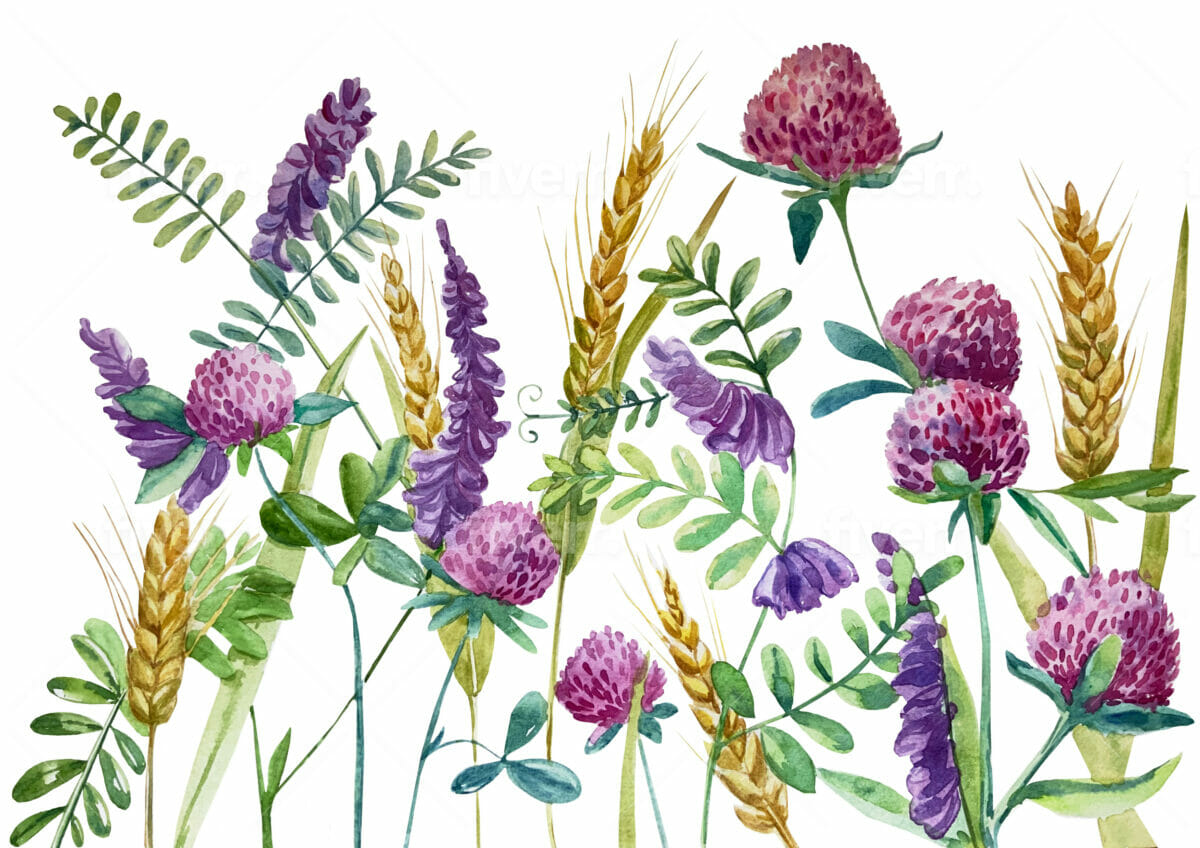Everything you need to know about this farming technique.

What’s cover cropping all about, anyway?
As with many eco initiatives, what was old is new again: Cover crops (or fallow season plantings; see more below) were first used during the Roman Empire as a way to boost the soil quality in vineyards. In the United States, the practice was relatively common from the 1860s through the 1950s before it was replaced by synthetic fertilizers and different crop management techniques.
But, as sustainability becomes increasingly important, the global agricultural community is turning back to the proven practice. According to the U.S. Department of Agriculture, “the use of cover crops increased by 50 percent between 2012 and 2017.” Federal and state incentives are helping farmers fund these efforts at increasing rates, although they still comprise only a small percentage of the country’s cropland.
What are cover crops?
Cover crops refer to vegetation planted in empty fields—covering the soil, get it?—at the end of growing seasons to enrich the ground and minimize erosion. They can also be added to crop rotations to improve soil health in fields that have been degraded from growing the same thing year after year. Cover cropping is a means of increasing soil fertility without chemicals.
How do cover crops work?
All cash crops (what farmers grow to sell) pull nutrients out of the soil as they mature. It’s important to replenish those nourishing substances after every harvest so future crops can also flourish. With cover cropping, farmers plant specific varieties that have the ability to pull nutrients such as nitrogen or phosphorus from the atmosphere and return them to the soil so future plants can absorb them. The cover crops are not harvested but instead tilled back into the ground, where they release these beneficial elements as they decompose.
What plants make good cover crops?
Farmers have numerous options when it comes to cover crops, which primarily stem from the legume and grass families. Plants such as rye, alfalfa, winter wheat, clovers, radish, oats and mustard can work well depending on the specific goals for a landscape.
What are the benefits of cover cropping?
Beyond its primary function of adding nutrients back into the soil, the practice of cover cropping has other benefits, too, including: suppressing weeds; reducing erosion; controlling pests and diseases while attracting pollinators; increasing soil’s moisture and nutrient content; enhancing biodiversity; and improving future crop yields. These plantings can broadly aid in improving a farm’s resilience, a growing need in the face of climate change. Many of these benefits become apparent within one year of using cover crops.
What are the drawbacks of using cover crops?
Among their downsides, cover crops are an additional expense (financial and otherwise) for cash-and labor-strapped farmers. They can also overwinter and compete with cash crops, so it’s critical that farmers carefully choose the appropriate cover crops for their fields.
What do you want to know about cover crops? Ask a question in the comments section below.
Will put Austrian peas in above ground beds come end of September, early October along with some compost to ready beds for end of May veggie planting come spring. Would also like to plant some winter vegetables at the same time I put down Austrian peas as cover crop in the beds. Any advice would be helpful for planting. Zone 8-97401.
“All cash crops (what farmers grow to sell) pull nutrients out of the soil as they mature…”
Don’t members of the family Fabaceae (beans) replenish the soil with nitrogen?
I am raising sheep and have clay soil. One pastor has Fescue and I am clearing another pasture for Bermuda. This gives me winter and summer grazing. This is newly timbered land which is an issue on its own. Any suggestions about any cover crops that won’t compete with my grass??
Are cover crops then good for a sparse front or back yard with a heavy deer population?